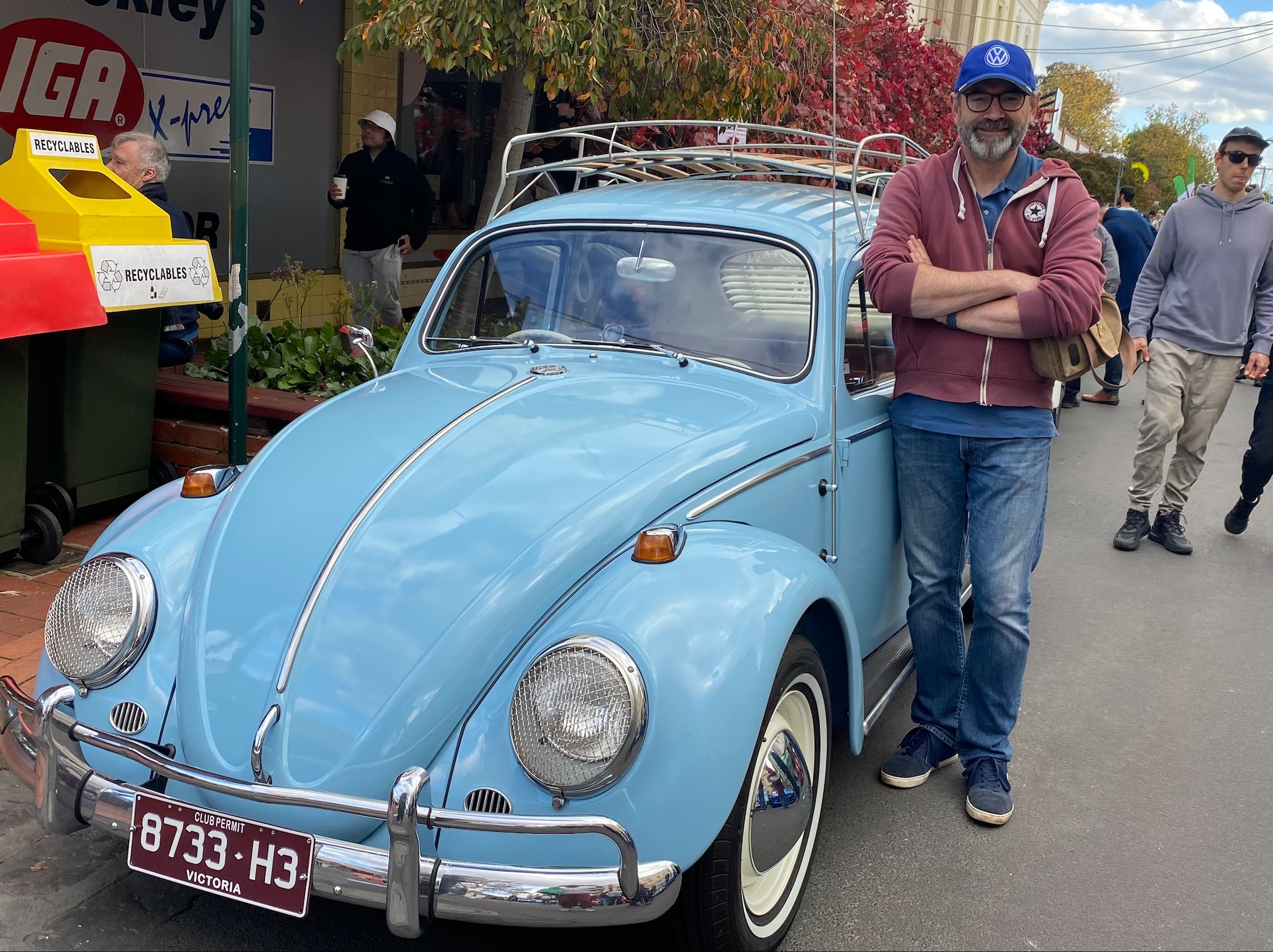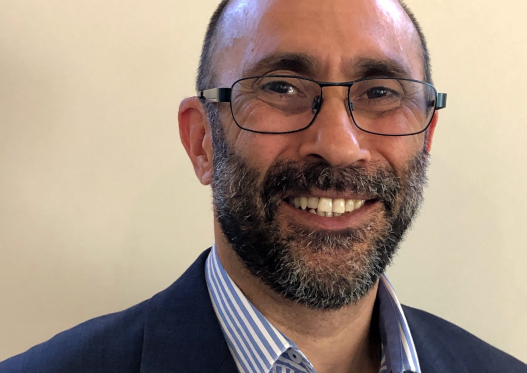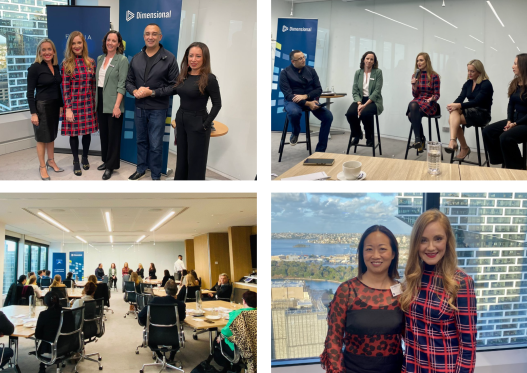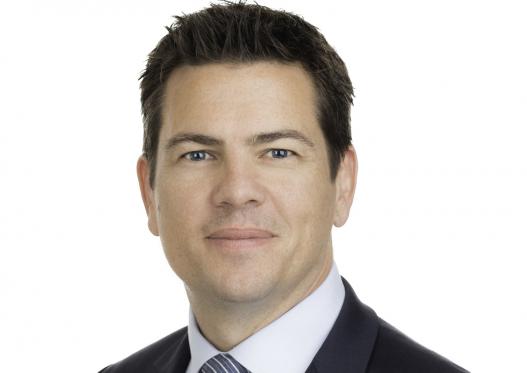Steve Daniels F FIN
How has your association FINSIA contributed to your development over your career?
I think there are two elements to this. The first is the value of the ongoing education involving webinars, seminars, and speaker series, which elevates an understanding of industry wide issues. Having a perspective on industry issues is important, as these same issues are often discussed and debated internally, thereby arriving at the right conclusion demands an educated position. The second is the value that networking offers, which in a world of social media, runs the risk of being lost. Meeting like-minded people from our industry similarly gives the opportunity to expand your views on common topics, which can often be spirited and engaging conversations when wine gets shared.
Tell us about your career to date?
I joined NAB in February 1989 straight out of university, meaning next February will mark 35 years of employment. Over that time, I’ve been fortunate to have experienced a number of different roles, largely oscillating between customer facing roles and credit roles. I’ve worked in our markets division (interest rate derivative sales), was our global telco/media/technology credit executive and worked in New York (institutional banking) between early 2005 and late 2008 (yes, during the run up, and into, the GFC). I’m now NAB’s executive for credit assurance, reporting into the chief credit and markets risk officer.
We've read your title, now tell us how you would describe what you ACTUALLY do to a friend at a BBQ?
I hope my family reads this, as they have always struggled to understand what I do. In credit assurance, it’s a bit like being the field umpire. Both sides understand the rules, what can - and can’t - be done. If everyone played to the rules, you wouldn’t need an umpire! But real life says, you need an impartial umpire to give confidence that everyone is applying the rules consistently and fairly. My team independently review our lending decisions and lending portfolios to validate that everyone is, in fact, applying the rules.
What are your most pressing challenges in 2023?
I think the challenge for me is just keeping up to speed with the changing landscape of financial services. Within banking, this includes all things digital and AI (but especially how AI can be used to analyse data and deliver insights), and also the impact of climate change, and how this will inevitably flow through to counterparty risks. Understanding climate impacts is the big one, as it’s not just about who we lend to today, it’s also understanding how climate change will impact that customer over the next 10-20 years, and banks have typically not had to think that far into the future.
Who is your most influential or inspirational professional influence and why?
Notwithstanding the controversy of the man (and although not finance industry related), I’ve found the vision of Elon Musk’s SpaceX, remarkable. The whole idea of recoverable boosters to dramatically lower the per/launch cost has been a lesson in the importance of innovation and ultimately, unit cost reduction. It’s a story that applies to multiple industries, that there is a need to innovate and adapt, in order to remain competitive and relevant.
What do enjoy doing outside of work?
In recent years, I’ve take an interest in restoring vintage Volkswagens. It started as a COVID project (to keep myself amused over lockdowns), with the restoration of a 1966 Beetle, and has now progressed to the restoration of a 1955 Kombi Van. I get a lot of satisfaction out of taking a part, or a panel that is filthy, pitted, or rusty, and returning it to an “as new” part.
How did you teach yourself to restore your VW?
YouTube is littered with channels that are dedicated to restoration. Good YouTubers show their mistakes, as well as their successes, which helps you understand how someone else tackles a problem. You see the complexity, tools needed, and time required. I then have a stack of manuals, that give me the required part numbers, and specifications - especially torque requirements.
How long did it take to restore it?
The Beetle took about 18 months to restore, which I’m told is pretty quick for a one-man restoration team. The only parts I outsourced to others where the radio repair, and to Bob Jane (to put the tyres on the rims). The Kombi will take much longer, as it has well more rust repair needed. Plus, the Kombi has had at least two other prior restorers, and I’m having to undo their work in order to meet my own standards.








